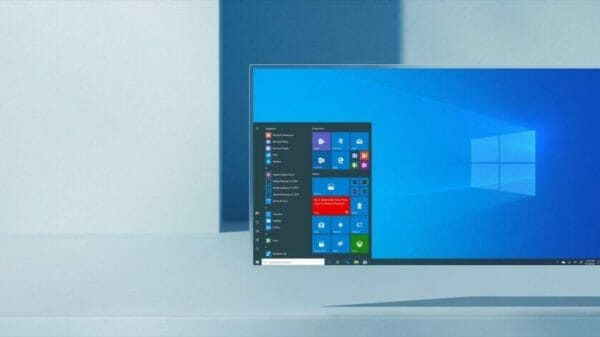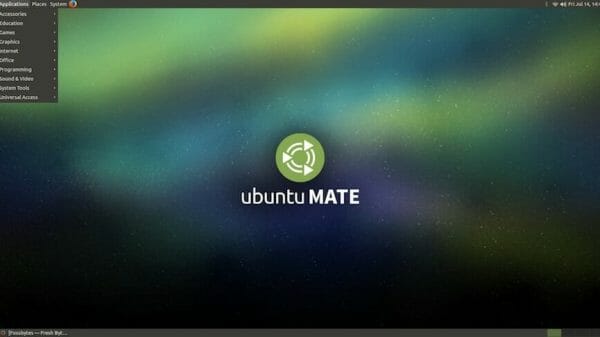Gone are the times when routinely refreshing the Linux kernel with up-to-date functionalities or amplified hardware compatibility was the norm, requiring users to repeatedly recompile the kernel to fulfill their specific prerequisites. These bygone moments have been largely superseded by the innovation of Loadable Kernel Modules (LKMs). LKMs empower users to seamlessly introduce enhancements or additional hardware compatibility within the system in real-time, thus avoiding the necessity for a system power cycle or kernel reconstruction.
Contrary to ordinary applications in Linux which are constrained by limited system permissions, the Kernel and its modules operate with comprehensive access to the machine’s memory and I/O undertakings. This explains why scrutinizing modules is often deemed as perilous—it might usher in instability across the entire system. Adopting a virtual machine for the advancement of modules has evolved into a widespread strategy to diminish uncertainties and shield the primary system from any consequences following an erratic module.
Retrospective Glance
Modules have been a part of Linux since the release of version 1.2. Contemporary kernels are architected with pivotal capabilities to either integrate functionalities directly or utilize modules. Embedding every conceivable device driver within the kernel itself would be impractical. Modules permit the selective compilation of diverse drivers and provide the flexibility to activate merely those needed at any distinct moment.
At their essence, LKMs stand as the structural framework facilitating the control over drivers for diverse components, encompassing file systems, devices, and networks. In addition, they are capable of augmenting the system with new features or revising current system calls, managing TTY line protocols, and coordinating executable file functions.
Essentials of Module Command
Utilizing the lsmod instruction, one can survey the ensemble of modules presently active. Modules can either function independently or depend on interconnected ones. To incorporate modules within the kernel, one would utilize insmod or modprobe, with the latter adept at solving dependencies. For their expulsion, rmmod is employed, provided they are not in use. It’s noteworthy that the addition or exclusion of modules necessitates administrative authorization, while the lsmod operation can be performed by average users. Exploring the interconnectedness and attributes of modules is facilitated by instruments such as depmod and modinfo.
Fundamentals of Module Genesis
Conceiving a bespoke module is notably straightforward. Gain insights into this procedure through the creation of a rudimentary module responsible for marking its activation and deactivation. Moreover, it supports customizing a parameter upon its initiation, which will subsequently appear in the kernel logs.
The elementary source script encompasses directives and macros that divulge specifics to the modinfo application. Examples of such variables include somedata, which is solely pertinent during the module's induction, while key can be stipulated through insmod and made approachable by the superuser via the Linux directory structure hierarchy. The script culminates with the orchestration of module activation and deactivation proceedings, encompassing logging processes for each.
Communication with the kernel logs can be accomplished through two medium: the time-honored printk utility and the comparatively recent pr_info directive, an extension of printk. Maintaining uniform application of both within the module's programming is vital. The compilation of your module demands the corresponding makefile and suitable kernel headers, culminating in the creation of a .ko file poised for functionality testing and parameter adjustments.
Illusive Simplicity
While initially appearing as uncomplicated, the intricacy elevates vastly when delving into your module’s intricate interplay with both the kernel framework and the fundamental hardware. Further elaborate on our rudimentary illustration, let’s contemplate a module that engenders a file within the /proc filesystem. With the module activated using insmod, examining its contents with cat /proc/jollywrencher unveils an ASCII art portrayal of the Hackaday insignia.
Such elementary prototypes set the stage for the potentially more complex kernel modules. Those desiring to venture deeper into the development of kernel modules will often find complete source scripts published online, serving as educational resources for kernel module development novices.
Photo Acknowledgment: MaIII Themd / Shutterstock





























